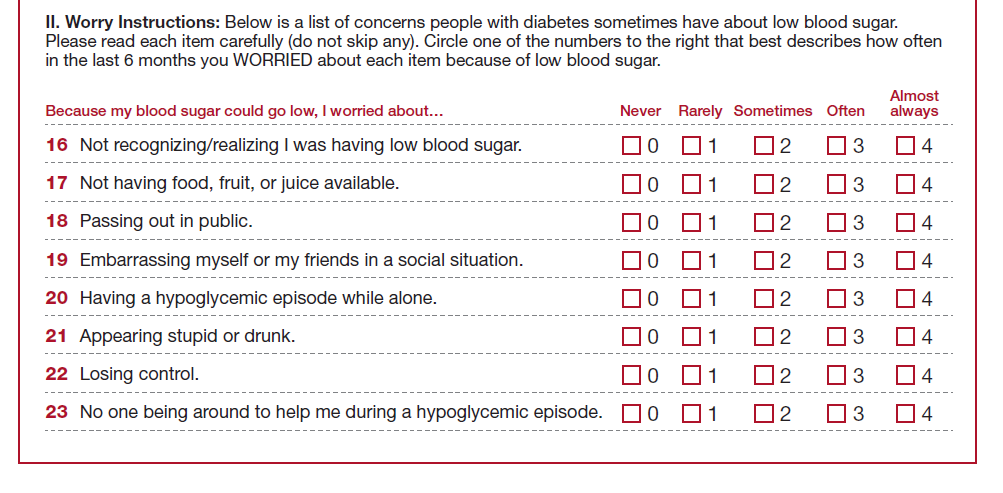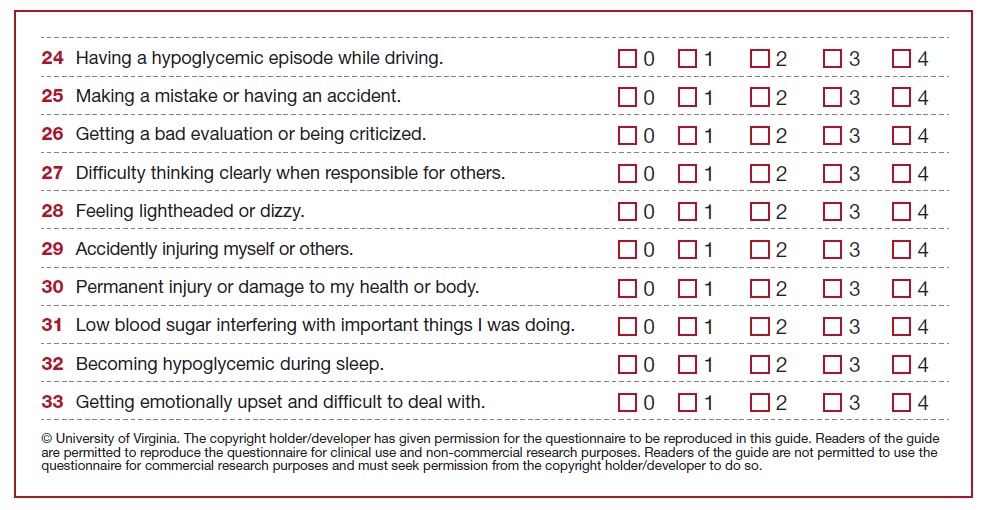Disclaimer: The following guide is my best guess on what content will be on the exam. I do not know what exactly will be on the exam but I have helped over a thousand health care professionals pass the exam.
This content is protected by Canadian Copyright Laws. Your license number is embedded into the code of this web page and your computer IP address is tracked. Please do not reproduce. You are free to print out the highlighted guidelines and make notes. Thank you kindly.
Hypoglycemia in Adults- 2023 update
Importance: Very high- Re-read a few times, be very familiar with chapter
Approximate time recommended: 75 minutes
 Loading...
Loading...
Most of the content here is covered in the original chapter 14. The most important updates are the definition of hypoglycemia, the dosing of intranasal glucagon (Baqsimi), and reviewing the evidence on hypoglycemia with the newer insulins (which will become out of date again once insulin Icodec (the once weekly insulin) comes out in fall of 2024).
Under the heading of: Definition and Frequency of Hypoglycemia
Remember that the class of hypoglycemia is not defined by the blood glucose level but by symptoms and if the patient can help themselves or not. Know Table 1.
Please see the original chapter 14 for a review of the autonomic and neuroglycopenic symptoms start
Memorize Table 2
Know that effects the hypoglycemia can cause on the cardiovascular system, fall risk, a person’s quality of life, and the fear hypoglycemia can cause.
There are now scales that you can use to measure a person’s fear of hypoglycemia. Please see below.
For more details on the The Hypoglycemia Fear Scale version 2 (HFS-II) please: see https://professional.diabetes.org/sites/default/files/media/ada_mental_health_workbook_chapter_4.pdf
Under the heading of: Prevention
Know which insulins and oral anti-hyperglycemics that have a lower risk of hypoglycemia
Know that structured psychoeducation programs such as HypoCOMPaSS (https://diabetesjournals.org/care/article/37/8/2114/29774/Recovery-of-Hypoglycemia-Awareness-in-Long) can reduce the prevalence of hypoglycemia
Know the interventions to prevent exercise induced hypoglycemia.
Under the heading of: Treatment
Know the amounts of carbohydrates, the does of IM/SC glucagon, and the dose of IN glucagon used to treat hypoglycemia. Memorize Table 4. Know what can interfere with glucagon.
Practice Questions
Which of the following is true about the pathophysiology of hypoglycemia?
A) Myelinated nerves can readily break down glycogen into glucose to supply their energy needs
B) Neurons and glia rely on a constant supply of glucose. These cells are dependent on the bloodstream for this energy
C) A lack of glucose will likely cause a state of euphoric and blissful delirium
D) The sympathoadrenal response to hypoglycemia is increased due to sleep due to the dawn phenomenon
Which of the following insulins is associated with the lowest risk of hypoglycemia?
A) NPH
B) Tresiba (degludec)
C) Lantus (glargine-100)
D) Levemir (determir)


